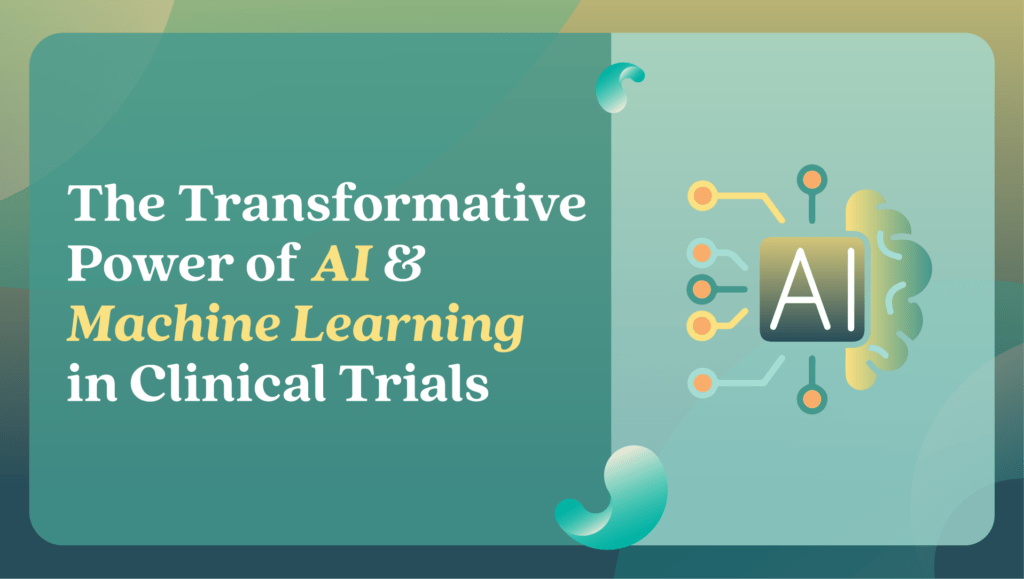This is yet another transformative year for the integration of generative artificial intelligence (AI) and machine learning (ML) within the realms of technology and pharmaceuticals. Much like the decentralized trial surge a few years ago, AI and ML are now spearheading a paradigm shift in drug and treatment development.
Amid these groundbreaking advancements unfolding, here are just some of the many ways in which AI and ML are reshaping the realm of clinical research:
#1: Accelerating Patient Recruitment and Screening
Historically, recruiting patients for clinical trials has posed a significant challenge. By analyzing data from various sources (e.g. clinical trial databases, electronic health records), automation simplifies the process of linking patients with suitable trials. This advancement ensures early identification of potential participants and fosters inclusivity, resulting in a more diverse pool of participants for clinical research.
# 2: Advancing Real-time Monitoring and Safety Evaluation
Automated systems allow for ongoing real-time monitoring of patients throughout the duration of clinical trials. Thus, improving overall patient safety and better understanding of patients overall health throughout the trial(s). In addition to this, AI and ML can also help researchers forecast drug interactions, thus allowing for a better understanding of the drugs overall effectiveness and potential adverse reactions.
Benefits 3: Pivotal Role in Drug Discovery and Development
AI and ML play a pivotal role in expediting the drug development process through rational drug design, drug repurposing, and lead compound optimization. This not only accelerates development but also has proven to be cost efficient.
The incorporation of AI and ML into clinical trials marks a transformative era, where the synergy of innovation and efficiency shapes the future of drug development. With the ongoing evolution of these technologies, the potential for quicker, safer, and more cost-effective clinical research becomes ever more tangible.



